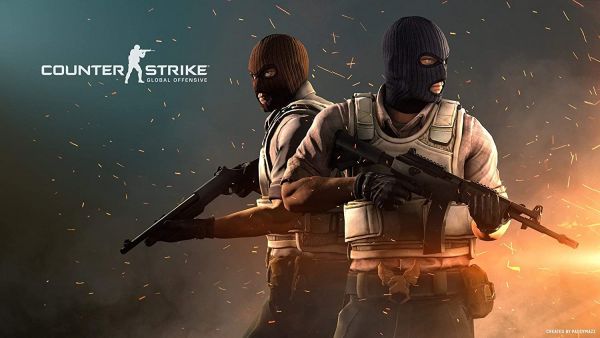BFN Lab: Insights and Innovations
Explore the latest trends and insights in technology, science, and innovation at BFN Lab.
Teamkilling: The Hidden Dangers Lurking in Your CSGO Matches
Discover the shocking truths about teamkilling in CSGO and how it can ruin your gaming experience. Don’t fall victim to hidden dangers!
Understanding Teamkilling: Causes and Consequences in CSGO
Understanding teamkilling in Counter-Strike: Global Offensive (CS:GO) is crucial for both new and seasoned players. Teamkilling refers to instances where a player injures or kills a teammate, disrupting gameplay and causing frustration within the team. The causes of teamkilling can vary greatly, including accidental kills due to poor aim or miscommunication, and intentional acts borne out of frustration or rivalry. Players may also engage in teamkilling as a way to express dissatisfaction with a team’s performance, leading to a negative atmosphere in the game.
The consequences of teamkilling are significant, both in terms of gameplay impact and player morale. In competitive modes, frequent teamkilling can result in penalties such as temporary bans or loss of in-game ranking, which can deter players from future matches. Furthermore, the psychological effects on teammates can be profound; players may feel demotivated or pressured, impacting their overall performance. To combat teamkilling, it’s essential to foster effective communication, develop team strategies, and promote a positive gaming culture where teammates support one another rather than engaging in harmful behaviors.

Counter-Strike is a popular series of multiplayer first-person shooter video games in which players on opposing teams compete to complete objectives. One of the notable aspects of the game is its in-depth weapon customization, including the ability to open cases for unique skins. For more information on CS2-Gehäuseöffnung, players can explore various websites offering insights and services related to managing their in-game inventory.
How to Identify and Report Teamkillers in Your Matches
In multiplayer gaming, teamkillers can seriously disrupt the experience for everyone involved. Identifying a teamkiller mostly relies on observing their in-game behavior. Look for players who consistently kill their teammates intentionally, ignore team objectives, or sabotage team efforts. A few signs to watch for include:
- Repeatedly aiming at teammates and shooting them.
- Ignoring crucial objectives like securing control points or helping downed teammates.
- Intentionally causing harm or death to allies in any form, especially during critical gameplay moments.
Once you've identified a teamkiller, reporting them is essential to maintaining a healthy gaming community. Most games have systems in place to deal with such behaviors. Start by accessing the in-game reporting feature, often located in the scoreboard or player menu. Provide as much detail as possible about the incidents you've witnessed, including player names and specific match details. This information will help moderators take appropriate action against the offender and improve the overall gaming experience for everyone.
The Psychology Behind Teamkilling: Why Players Turn on Their Teammates
The phenomenon of teamkilling in multiplayer gaming is often rooted in complex psychological factors that influence player behavior. Frustration with teammates can lead to aggressive actions, as players express their anger towards perceived incompetence or poor decision-making. Additionally, the anonymity of online gaming environments often emboldens individuals to act out in ways they wouldn’t consider in real life. This detachment from personal accountability can trigger a cycle of negative emotions, where players lash out at their teammates without considering the consequences for their team's overall performance.
Moreover, social dynamics play a significant role in teamkilling behavior. When players feel a lack of connection or camaraderie with their teammates, feelings of alienation can foster a hostile environment. Some players may resort to teamkilling as a means of exercising power or control, especially if they perceive themselves as more skilled than others. This toxic behavior not only derails team efforts but also diminishes the overall enjoyment of the game, highlighting the importance of fostering positive team interactions to reduce instances of teamkilling.